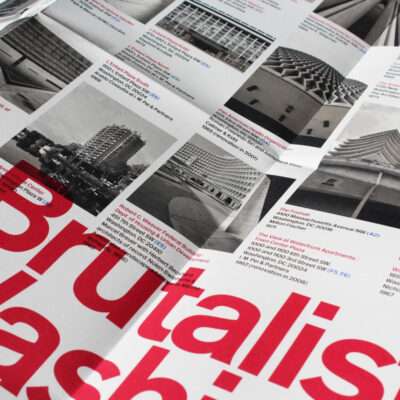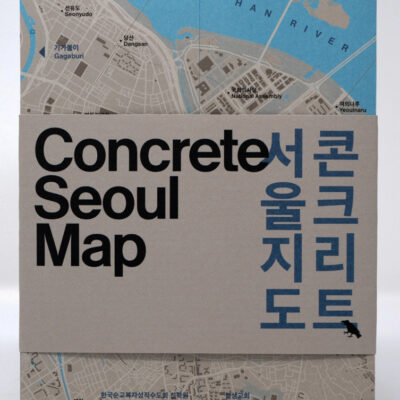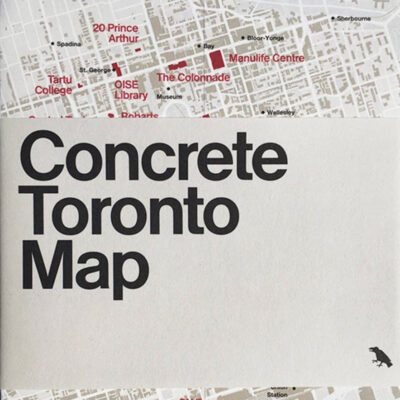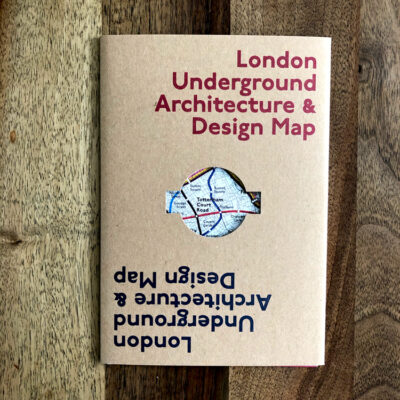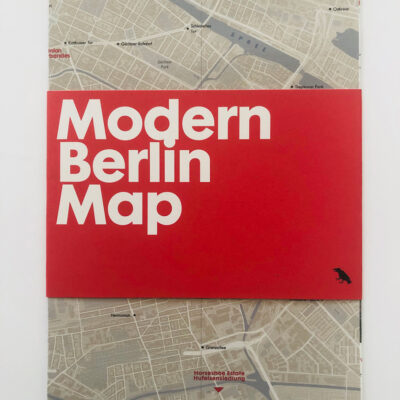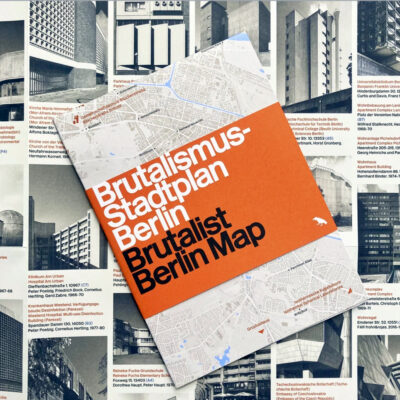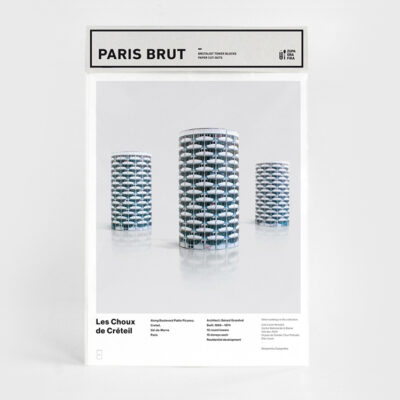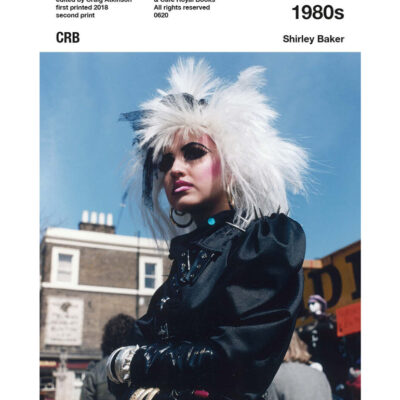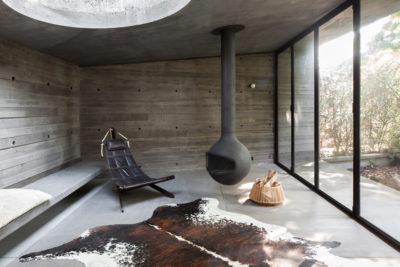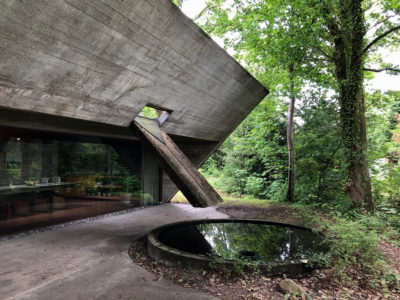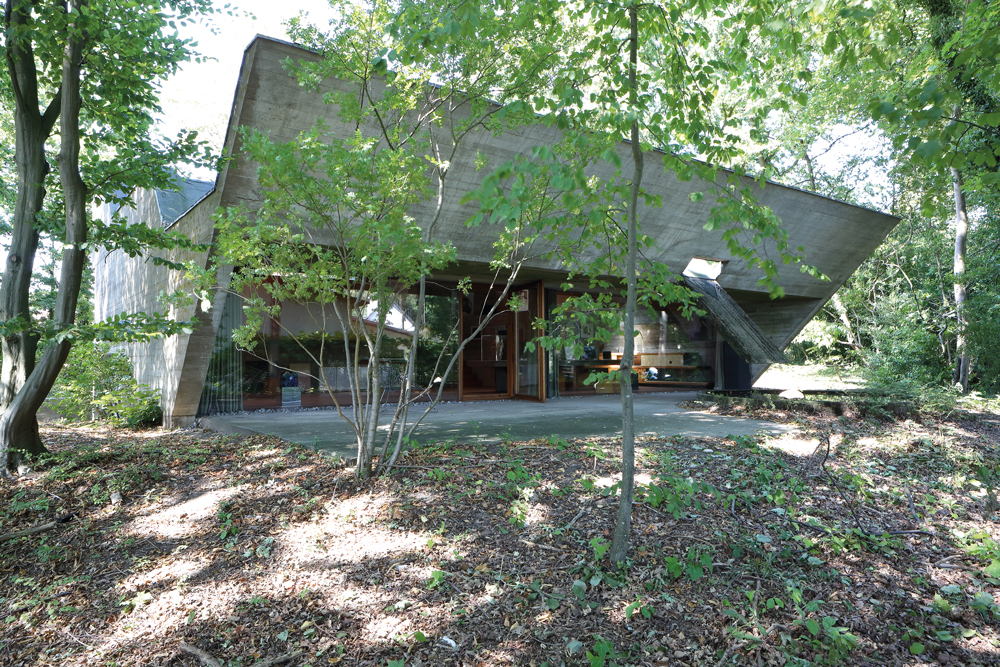Flanders Offers A Rich Béton Vein For Lovers Of
Brutalist Architecture
Sint-Martens-Latem
Concrete speaks louder than words, best illustrated by Rik Vannevel’s photos for the Museum Dhondt-Dhaenens in Deurle.
House Van Wassenhove 1970-74, architect Juliaan Lampens. Restored in 2015, it is now possible to book short overnight stays in the house.
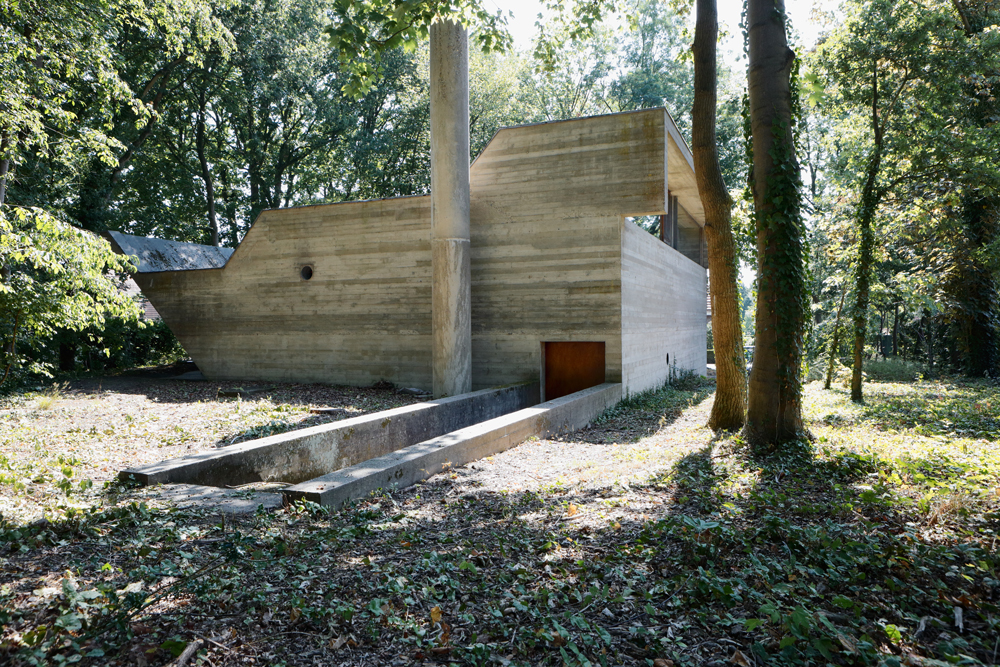
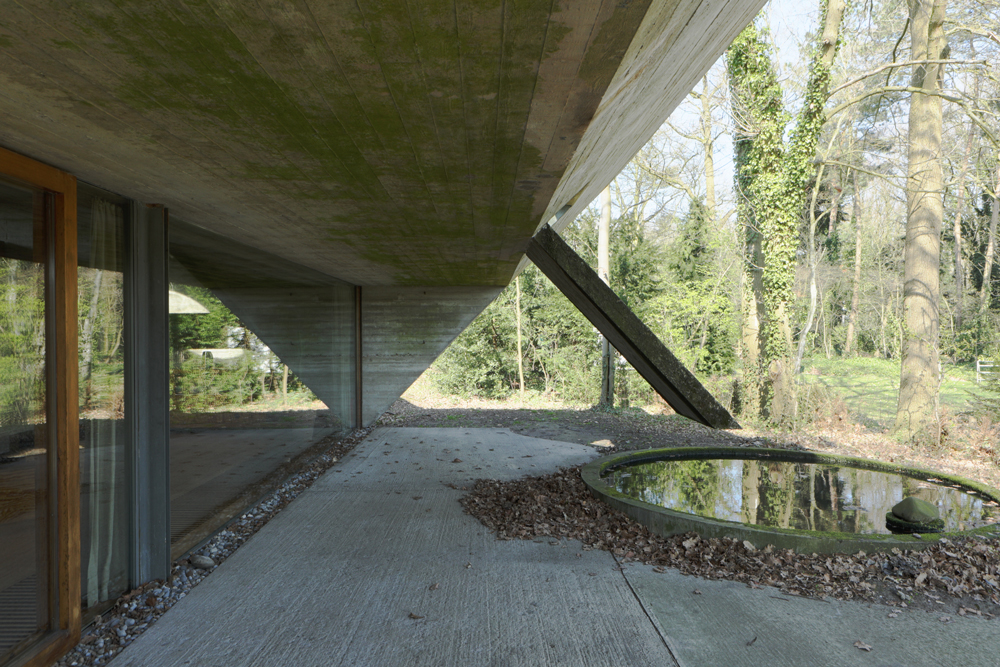
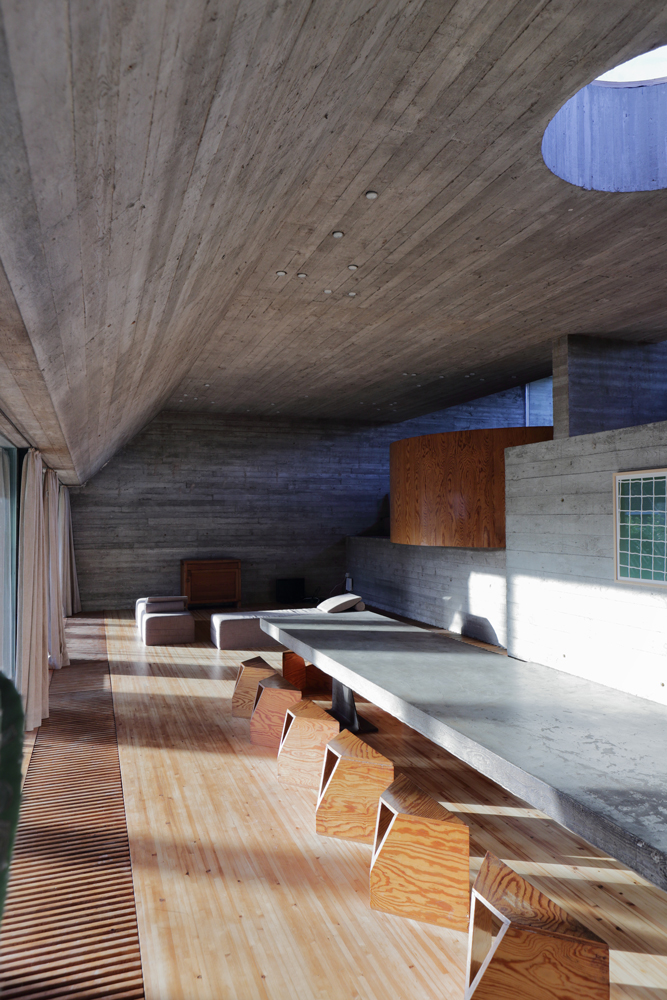
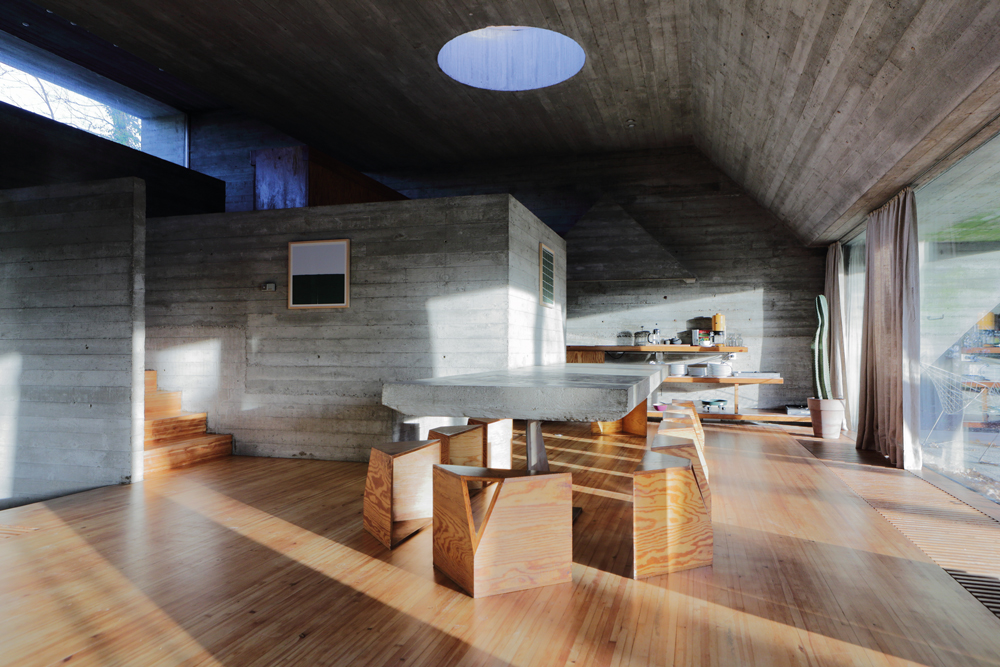
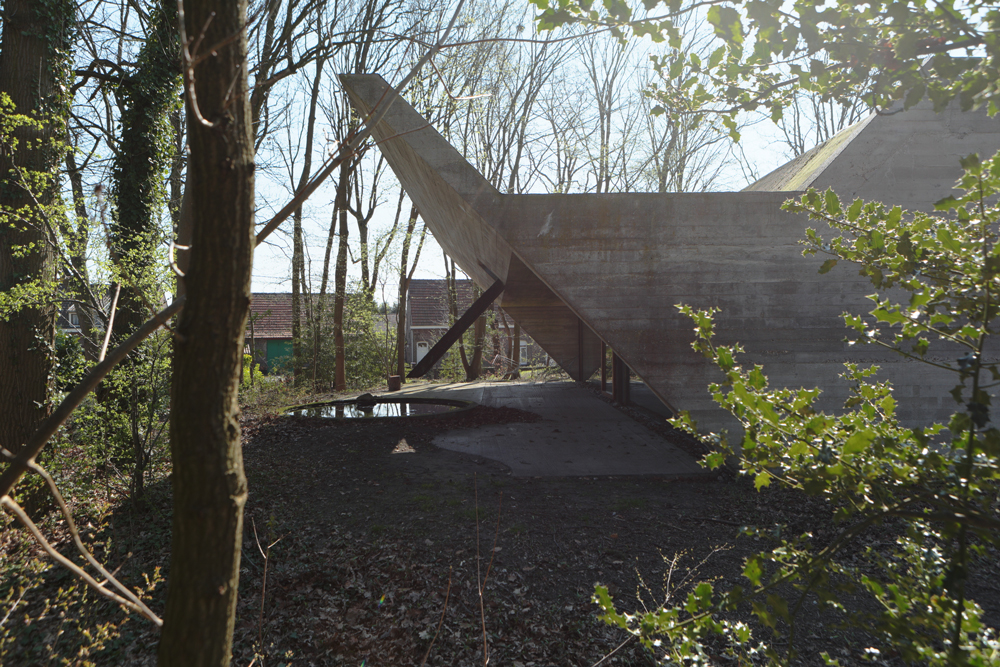
©Juliaan Lampens, All images of House Van Wassenhove, 1970-74 Courtesy Museum Dhondt-Dhaenens, Deurle, Belgium Photo: Rik Vannevel
Louvain-La-Neuve
Southeast of Brussels in French-speaking Belgium, the city has the distinction of having to repeatedly rebuild and reconfigure itself. It is home to a campus of the Université Catholique de Louvain. A generation that has all but died out will be more familiar with the term the ‘sack of Louvain’ which described a widely reported horrific arson attack in August 1914 (a month after the war had begun) destroying the university library of what was considered the ‘Oxford of Belgium’. It was one of several instances that dragged neutral Belgium into the war. Reconstructed after the war principally by American donor money, thirty years later, the library and its collection were destroyed again.
If that was not enough to contend with it then became the epicentre of a battle raging between French and Flemish speakers when the university decided to become ‘exclusively Flemish’.
Rebuilt in the 1970s, Louvain-La-Neuvre’s urban planners were grappling with how to revive their city centre. The decisions they made became more and more commonplace elsewhere but were arguably more successful in a compact Flemish city than they might be in a large urban sprawl.
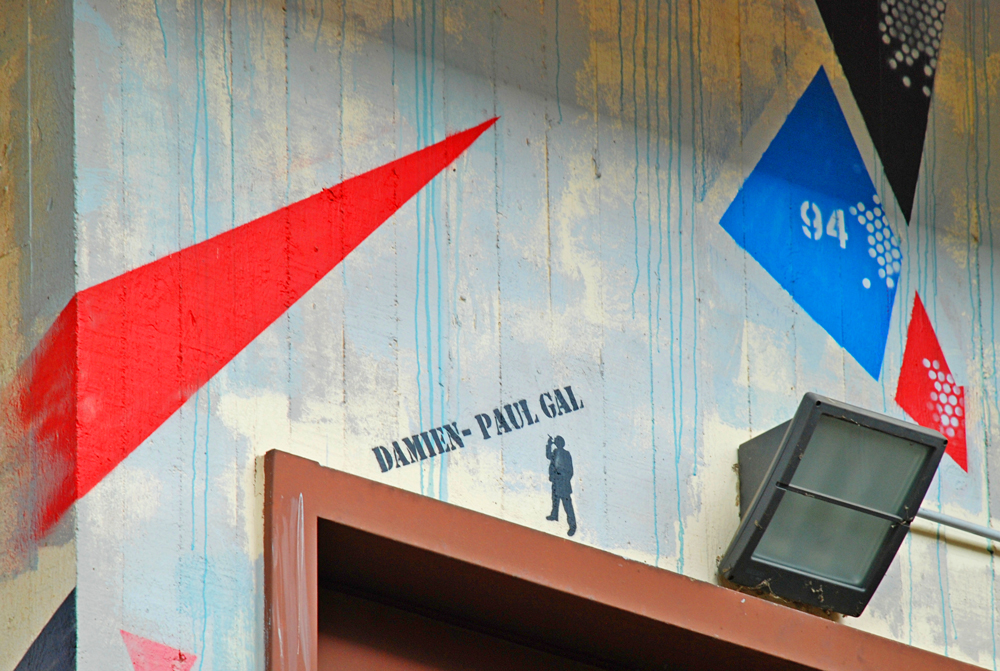
‘DPG’ street artist Damien Paul Gal at Théâtre Jean Vilar Louvain-La-Neuve
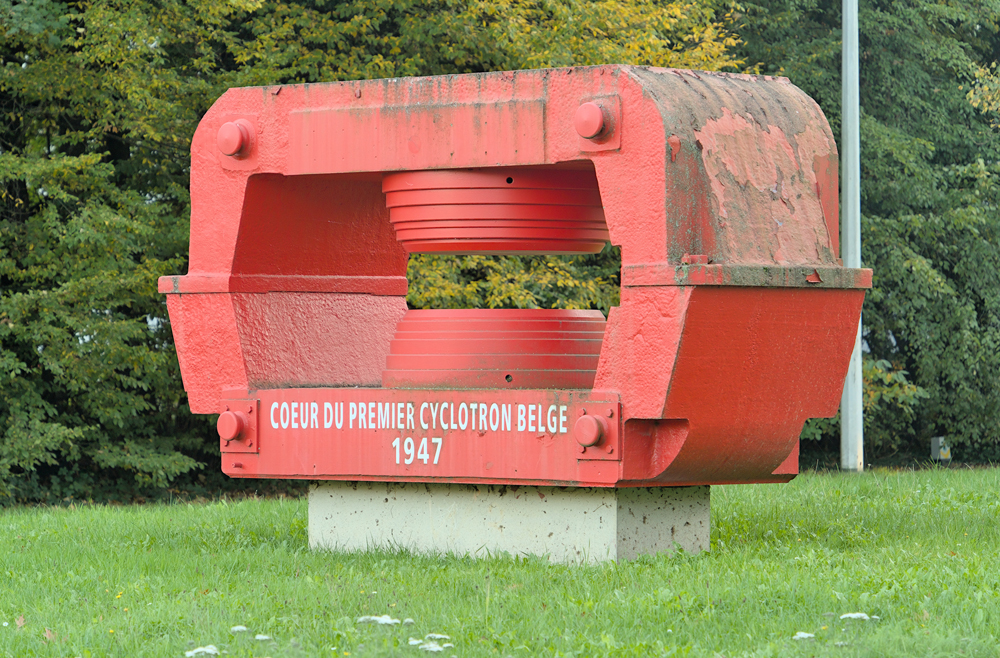
Heart of the first Belgian cyclotron. CC BY 4.P Image Benoit Brummer
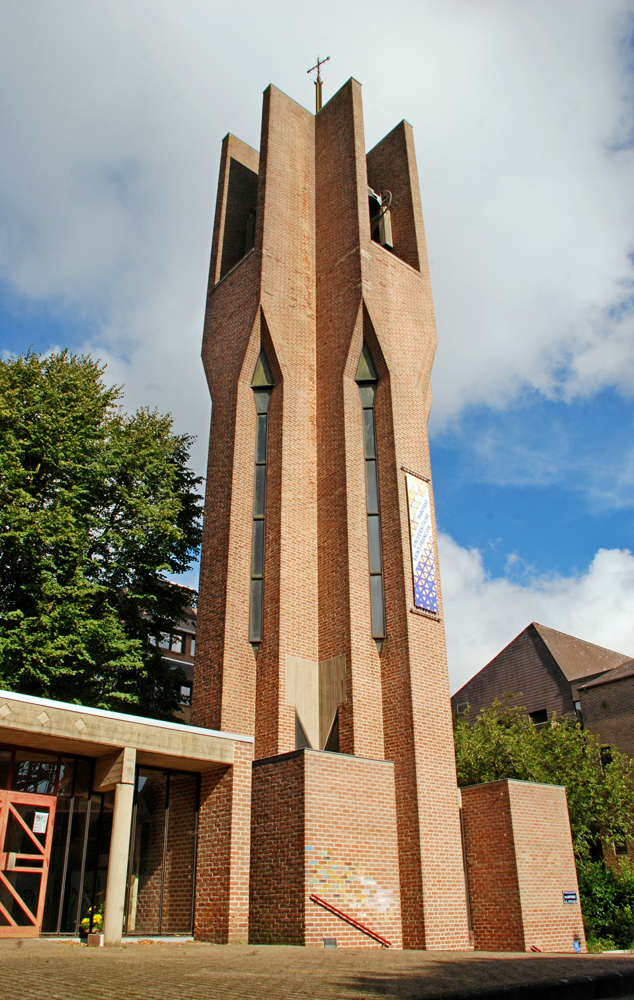
Église Saint François d’Assise Image EmDee CC BY SA 4.0
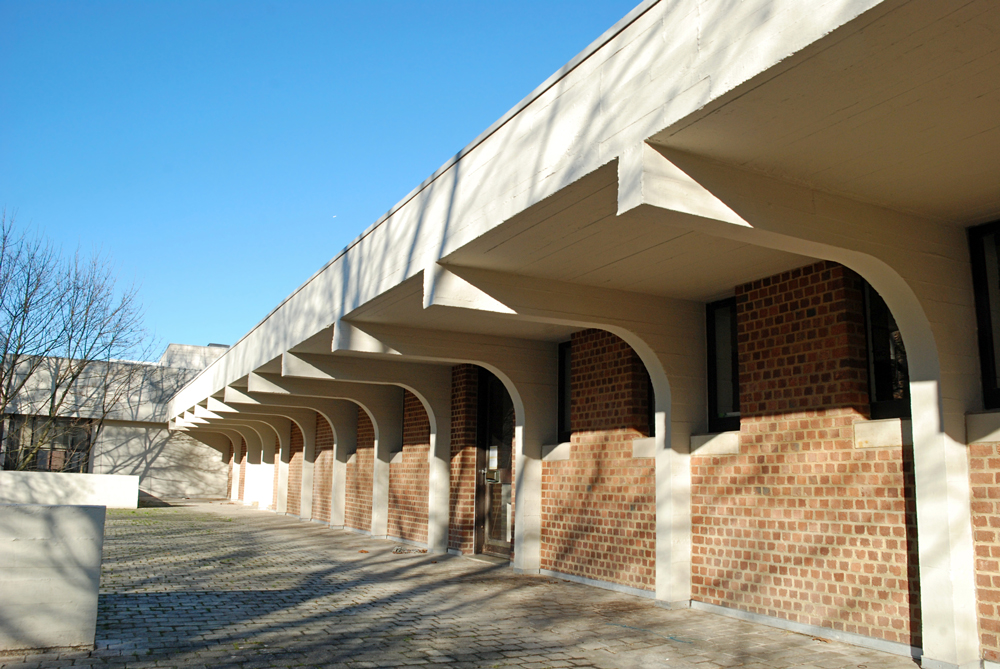
Place des Sciences, Louvain-la-Neuve, Belgium Image EmDee CC BY 4.0
Brutalist Louvain
Musée L
Place des Sciences
The designs of André Jacqmain’s
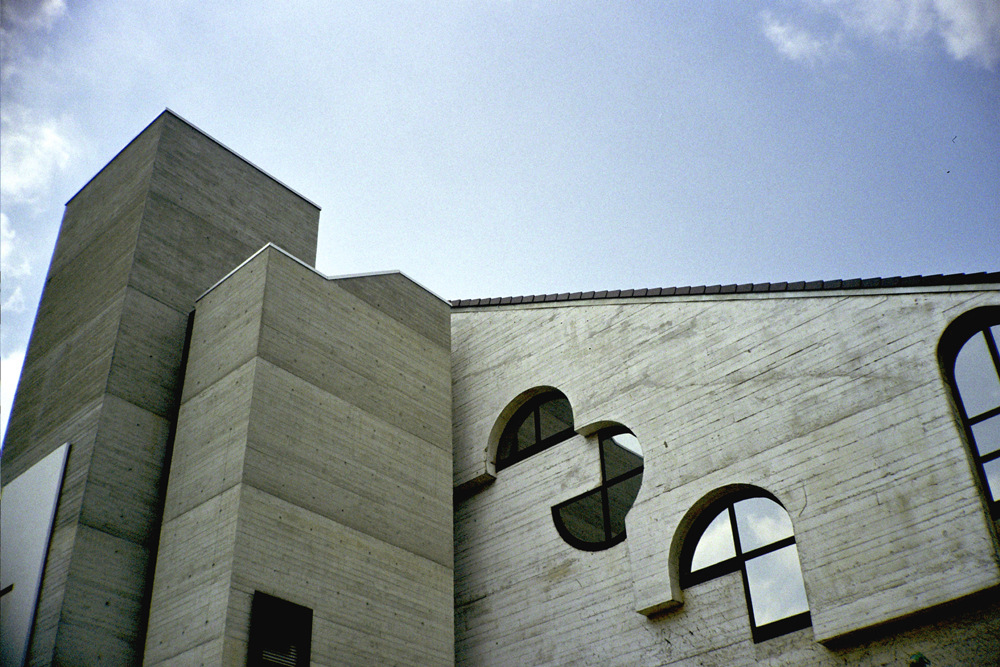
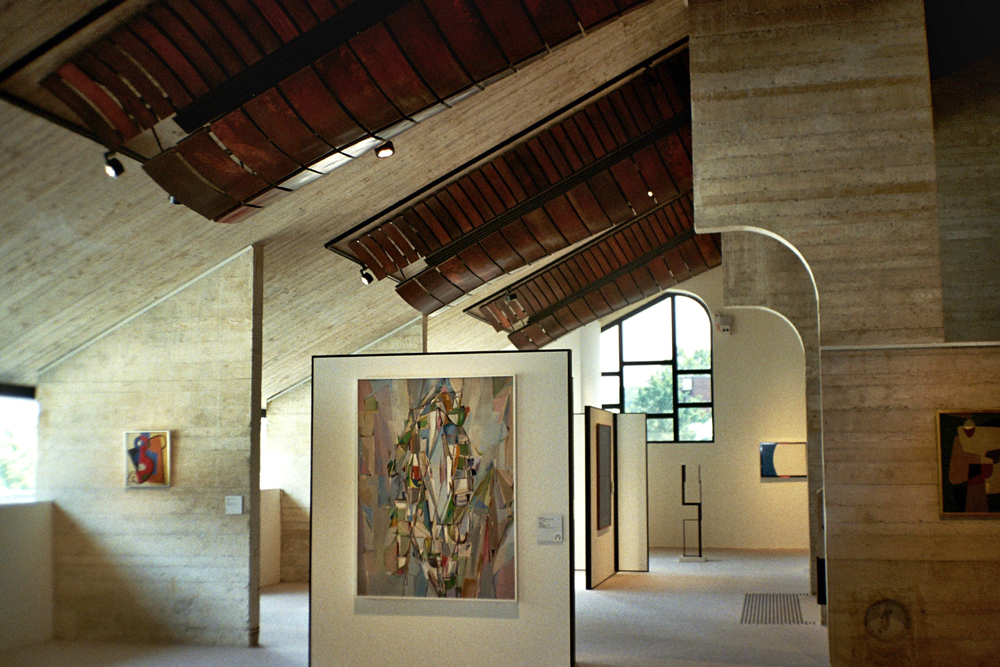
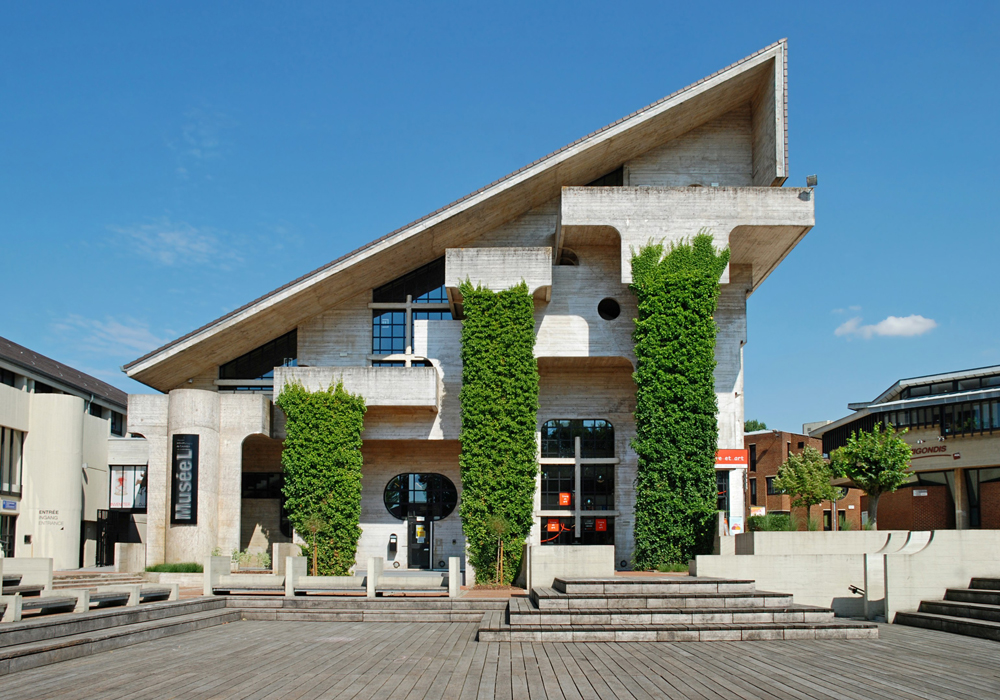
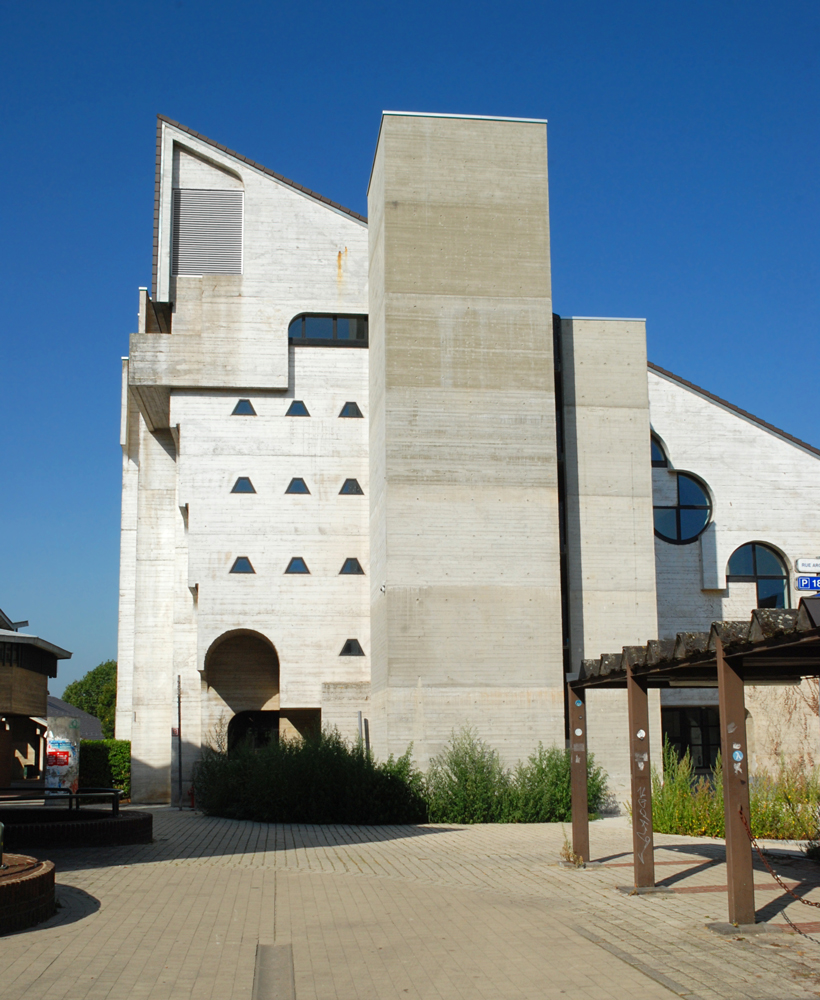
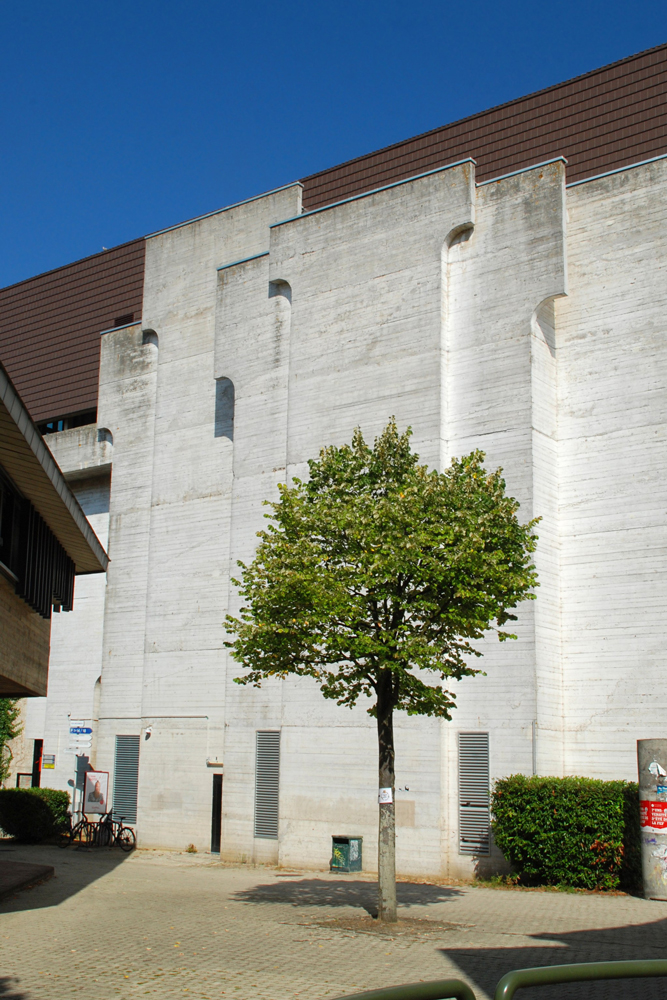
Louvain-La-Neuve Images EmDee CC BY SA 4.0
Insider Information
Must-see spots in Belgium for brutalism/modernism:
De Haan’s Park Atlantis – De Haan – Marcel Dubois
Dilbeek’s CC Westrand – Dilbeek – Alfons Hoppenbrouwers
Sint Ritakerk – Harelbeke – Léon Stynen
Ostend municipal pool – Oostende – Paul Felix and Jan Tanghe
Chapel of Pilgrimage Our Lady of Kerselare in Oudenaarde – Juliaan Lampens
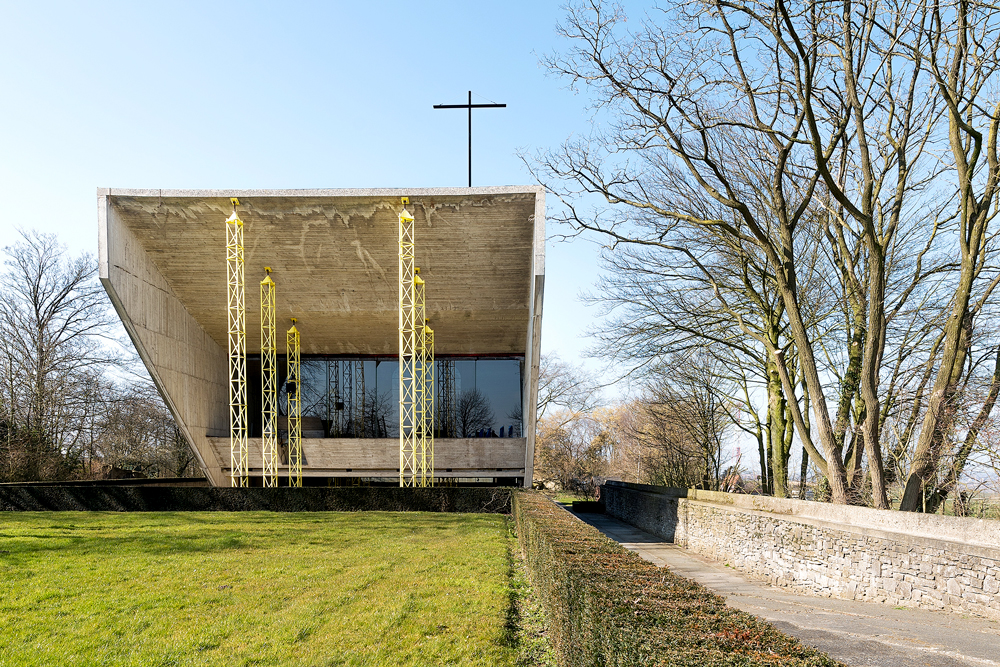
Our Lady of Kerselare Edelare, Belgium Image Jessy Van Der Werff CC BY 4.0
Belgium Architects and Designers you can name drop
Ivan Van Mosseverle
Léon Stynen
Jan Tanghe




